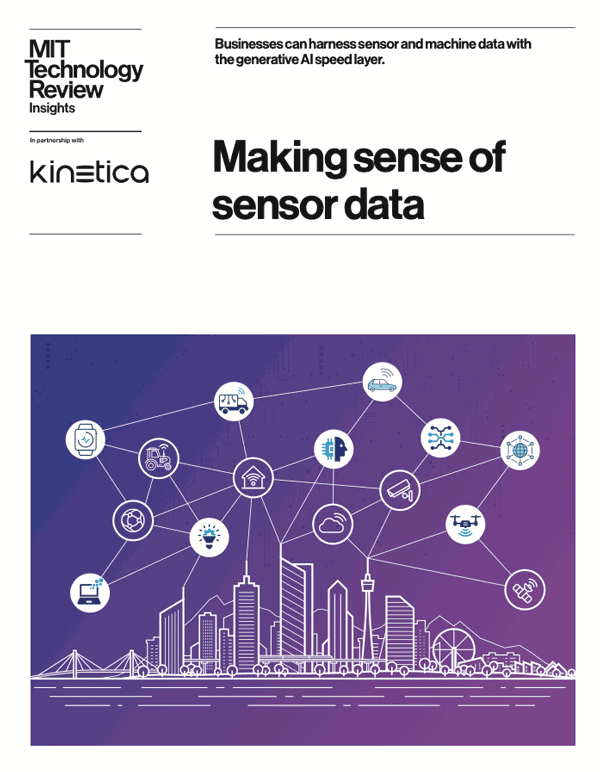Powering Real-Time Big Data Analytics with a Next-Gen GPU Database
When looking at Kinetica, the thought that may cross your mind is, “Don’t we have enough analytical databases and technologies out there? Why one more?” Well, last week I had the pleasure of presenting with Matt Aslett of 451 Research on powering real-time big data analytics with a GPU database. Let me give you the CliffsNotes version of Matt’s presentation as well as a brief overview of Kinetica that I presented.
Digital transformation isn’t just a buzzword; it is real. The way we engage has changed dramatically over the last few years. From virtual assets to virtual assistants, the world around us is digital. And this has led to a new class of applications or “systems of engagements” (SoE). Systems of engagements are used in addition to the classic systems of records.
While SoEs lead to a good customer experience, it is the machine learning-powered apps or the “systems of intelligence” (SoI) that play an even more important role to support systems of engagement-enabling enterprises to communicate and transact intelligently with their customers. The image below illustrates the various systems as they interact with each other.
Real-time data plays a very important part in both systems of engagement and systems of intelligence. While static data lives in the SoR and gets analyzed in the SoA, active data is captured and delivered in the system of engagement and active data is analyzed and turned into meaningful insights in the system of intelligence.
And this is where a next-gen analytics database comes in. There are very few technologies out there that can solve compute-intensive complex analytics problems at the desired performance levels, and there are even fewer that can do so while millions to billions of data points are coming into the system every minute. Now while delivering systems of intelligence using existing databases or technologies like Hadoop is by no means impossible, the inability for these technologies to handle ever-increasing data sizes (resulting in poor query performance or the lack of real-time insights due to a batch approach) is leading enterprises to look at new solutions.
Using brute-force processing on GPUs to power big data analytics
With the raw compute power that GPUs bring, any analytics workload from basic reporting queries to geospatial analysis to machine learning on training data is orders of magnitude faster than a traditional data warehouse or even a Hadoop-based system. Leveraging GPUs along with in-memory and distributed system capabilities, Kinetica is a next-gen analytics database that can power systems of analytics as well as systems of intelligence.
At the core, Kinetica is a columnar, in-memory, distributed relational database that has been purpose-built to run on GPUs. There are multiple ways to interact with Kinetica including SQL, REST, or APIs in various popular languages. While ODBC and JDBC drivers allow you to connect to the old world, connectors like Spark, Kafka, and others allow you to connect to the new world. Another way to look at connectivity is that the ODBC and JDBC drivers connect the SoI to the SoA, while Spark and Kafka allow a constant flow of data from the SoE into the SoI.
In addition, in-database analytics can be used to run machine learning and deep learning frameworks directly on the data in a fully distributed manner.
Kinetica Key Use Cases
With the three key use cases listed above, Kinetica becomes a single database platform for business analysts and data scientists. Bringing AI and BI together on a single platform not only breaks down organizational silos but also can dramatically reduce data duplication.
The next generation of the analytics database has arrived! Check out the webinar recording and see if you are ready to take the plunge.
Making Sense of Sensor Data

